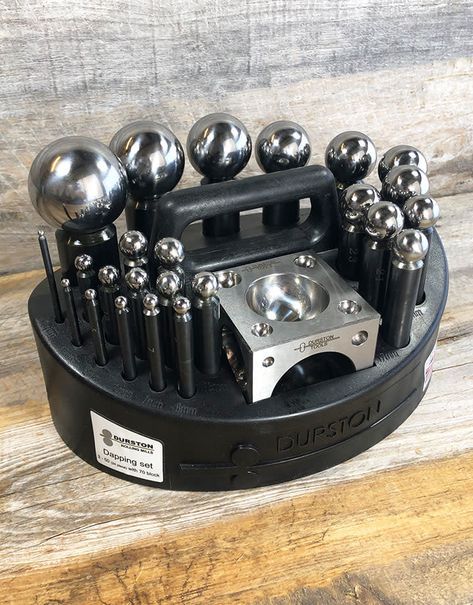Introduction
Dental and medical professionals often rely on precision tools to perform their work effectively, and one such tool is the micromotor handpiece. While the handpiece itself receives much attention, an equally vital component that ensures smooth operation is the wire for the micromotor handpiece. Without this essential connection, the handpiece cannot function, leading to disruptions in procedures. This article explores the importance, function, and care of the wire that powers and connects the micromotor handpiece.
What Is the Wire for the Micromotor Handpiece?
The wire for the micromotor handpiece is a flexible yet durable electrical cord that connects the handpiece to the control box or power supply. Its main role is to transmit both electrical energy and control signals, allowing the handpiece to operate at the required speed and torque.
Unlike ordinary wires, this specialized wire is designed to withstand frequent movement, bending, and exposure to clinical environments. It is usually covered with a protective outer layer that prevents wear and tear, while the inner conductors maintain consistent energy flow.
Why Is It Important?
The efficiency of a micromotor handpiece depends heavily on the reliability of its wire. Here are a few key reasons why it matters:
- Power Transmission: It delivers electrical power from the motor to the handpiece.
- Signal Consistency: Ensures smooth speed control without interruptions.
- Safety: High-quality wires reduce the risk of electrical issues or sudden breakdowns.
- Longevity: A durable wire extends the overall life of the micromotor system.
In short, a faulty or worn-out wire can cause downtime, affect patient care, and increase maintenance costs.
Common Issues with Micromotor Wires
Even though the wire for the micromotor handpiece is built to last, it is not immune to problems. Some common issues include:
- Fraying or Cracking – Over time, constant bending can damage the outer layer.
- Loose Connections – Frequent plugging and unplugging may cause weak contact points.
- Internal Breakage – Hidden breaks inside the cord can interrupt electrical flow.
- Overheating – Poor-quality wires may overheat, leading to reduced performance.
Recognizing these problems early is crucial to avoid sudden failures during procedures.
Tips for Maintaining the Wire
Proper care and handling can greatly extend the life of the wire for the micromotor handpiece. Here are some practical tips:
- Avoid Sharp Bends: Always coil the wire gently instead of folding it.
- Keep It Clean: Wipe it regularly with a soft, disinfectant-safe cloth.
- Check for Damage: Inspect the cord for cracks or frays before each use.
- Store Properly: Do not leave the wire under heavy objects or tangled.
- Use Original Parts: Replace with manufacturer-approved wires to ensure compatibility.
By following these practices, professionals can prevent costly replacements and maintain uninterrupted service.
Choosing the Right Replacement Wire
When it comes time to replace the wire, selecting the right one is critical. Consider these factors:
- Compatibility: Ensure it matches your specific micromotor model.
- Quality of Material: Look for medical-grade insulation and strong internal conductors.
- Flexibility: A flexible cord prevents strain during operation.
- Warranty and Support: Trusted suppliers usually offer after-sales service and guarantees.
Investing in a genuine, high-quality wire not only ensures better performance but also safeguards both the equipment and the patients.
Conclusion
The wire for the micromotor handpiece may seem like a small component, but its role is undeniably significant. It ensures reliable power, consistent performance, and safe operation in clinical and laboratory settings. By understanding its importance, maintaining it properly, and choosing the right replacement when needed, professionals can keep their micromotor handpieces functioning smoothly for years.
In the end, the wire is more than just a connector—it is the lifeline of the micromotor handpiece.




